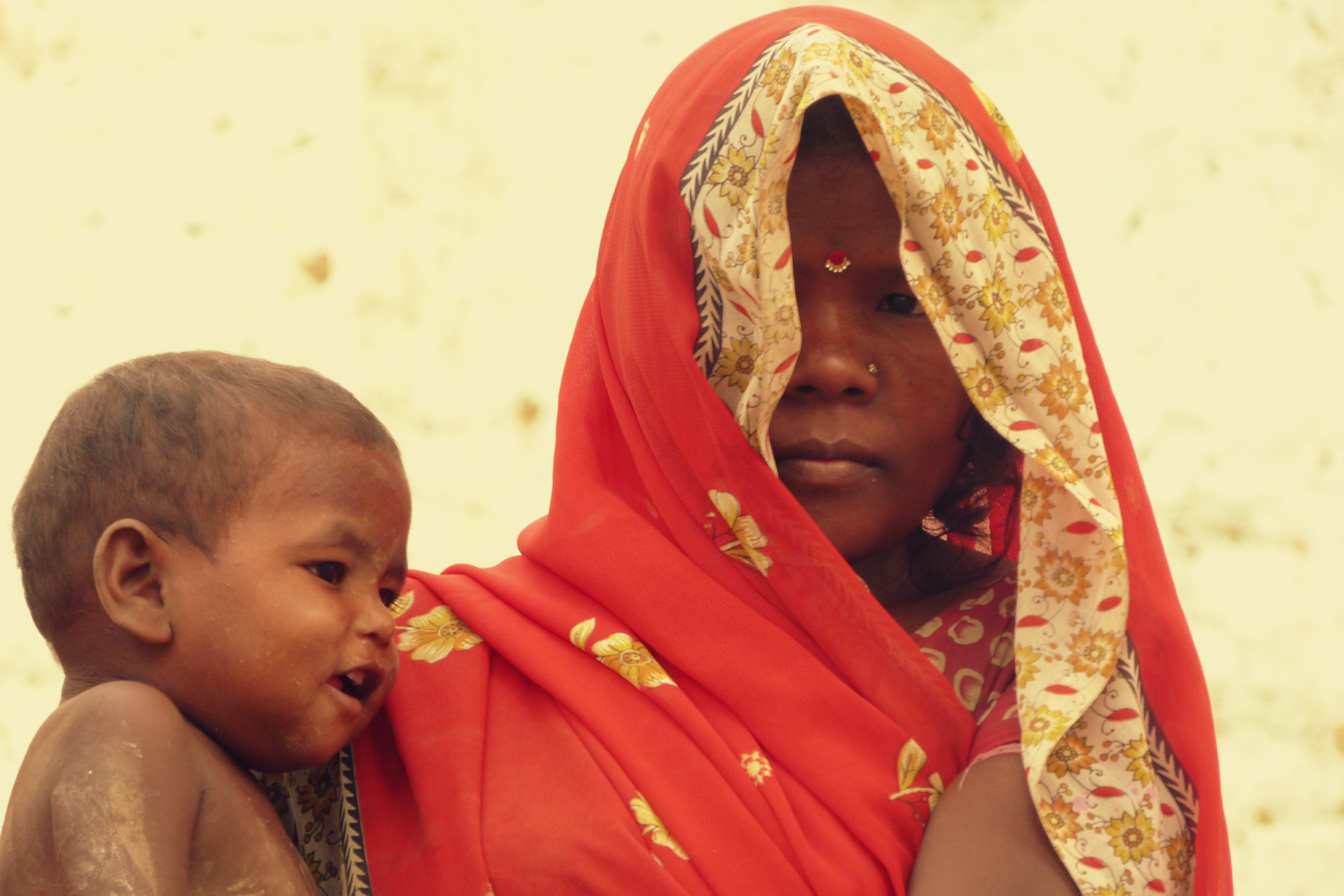India has the highest number of maternal deaths in the world, an estimated 44,000 deaths every year. Despite 75% decline in the Maternal Mortality Ratio in India between 1990 and 2015, the maternal health crisis is far from over. Another equally severe but less talked about issue is maternity morbidity which includes all conditions attributed or aggravated by pregnancy and child birth. Different studies estimate that for every maternal death, there are at least 20 to 100 women living with maternal morbidity. The fact that the majority of these conditions can be prevented by providing adequate and timely health care is even more saddening.
Alongside medical reasons, limited awareness about provisions and practices, limited or poor access to health care systems, the root causes of ill-health of women in India lie in the low social status accorded to women. Another reason for this dire condition is the high proportion of girls who get married at a young age. Maternal deaths related to pregnancy and childbirth is an important component of mortality for girls aged 15–19 worldwide. Spacing and number of pregnancies, inadequate nutrition and lack of access to quality health care are some other causes for the high maternal mortality rate. Knowledge about and access to medical care facilities, play a critical role in ensuring safe pregnancy and delivery.
With this context in mind Oxfam India wanted to engage rural communities in discussing some of the above mentioned issues associated to Maternal Health and the campaign was executed in the states of Jharkhand, Bihar, Madhya Pradesh, Odisha, Uttarakhand and Uttar Pradesh through Mobile Vaani network of three Community Radio Stations and four Mobile Vaani numbers. This campaign was aimed not only at providing information to the listeners about maternal health, but also to initiate a discussion among them and seek their opinion on the issue.
The campaign was spread over a time span of eight weeks and as per the content plan, the first and the last weeks were dedicated to conduct surveys to understand the prevailing awareness and perceptions about issues related to maternal health and assess any change in the behaviour of the respondents by the end of the campaign. The remaining six weeks in between the surveys were utilized to provide information to and elicit responses from the callers. The four episodes were in drama format for better user engagement and induce behavioural change.




